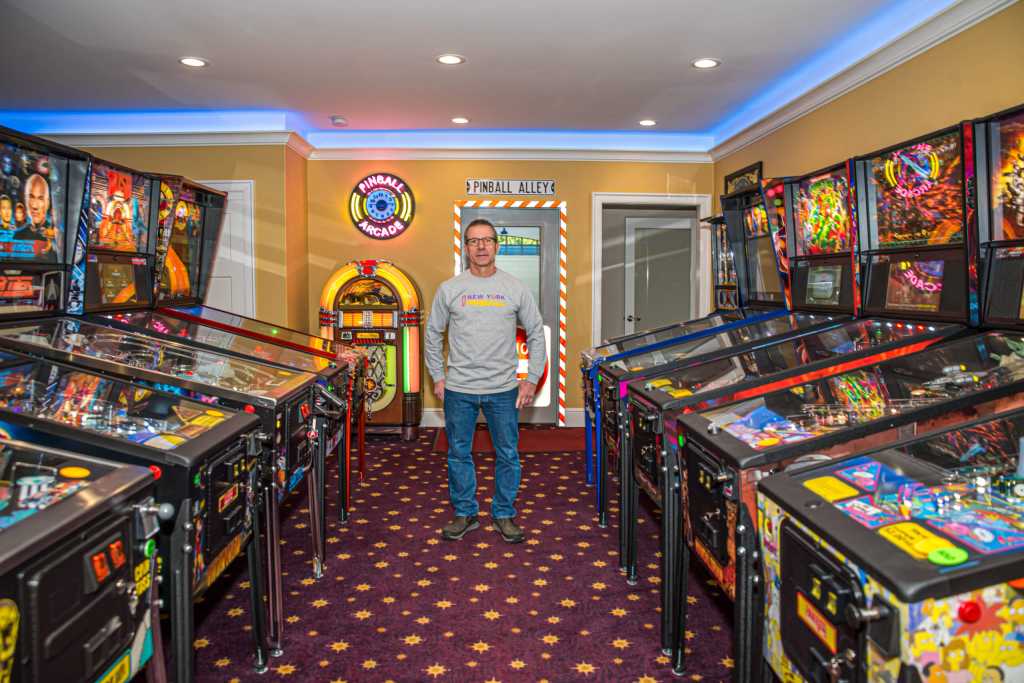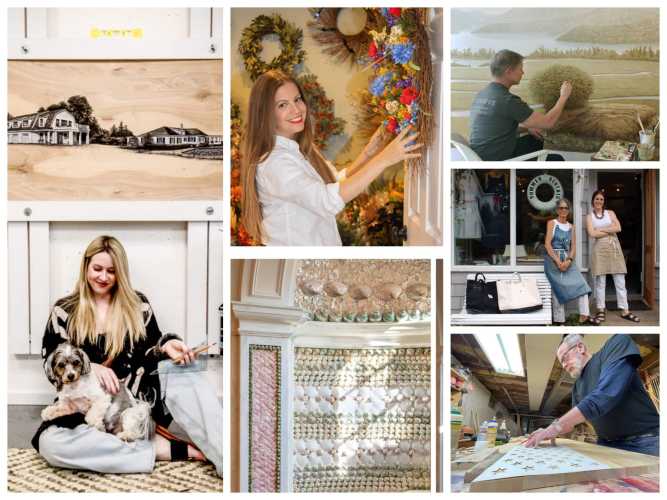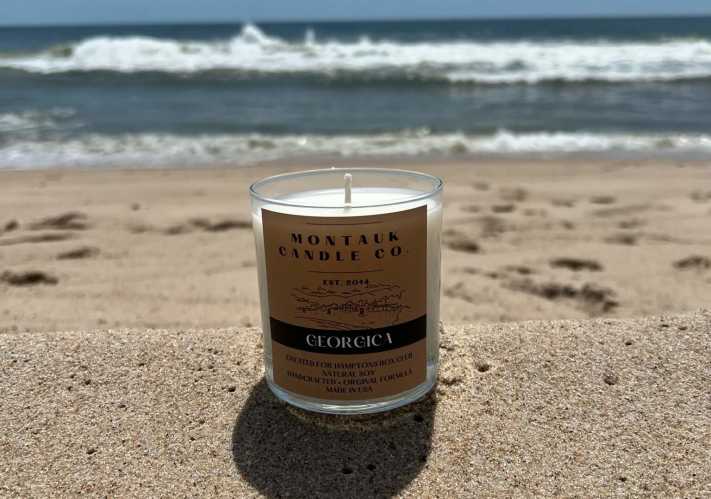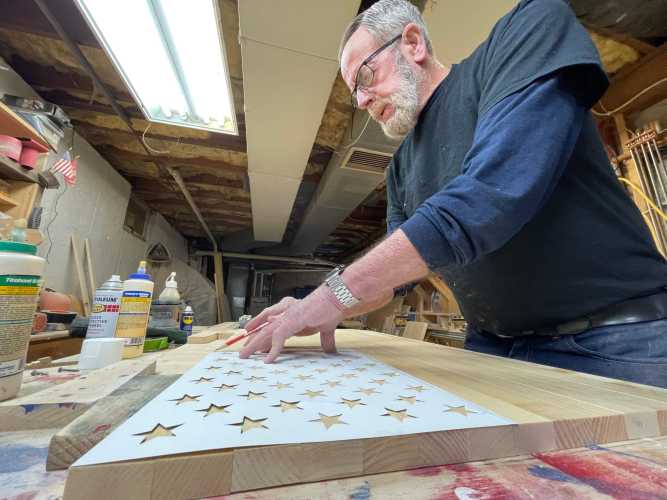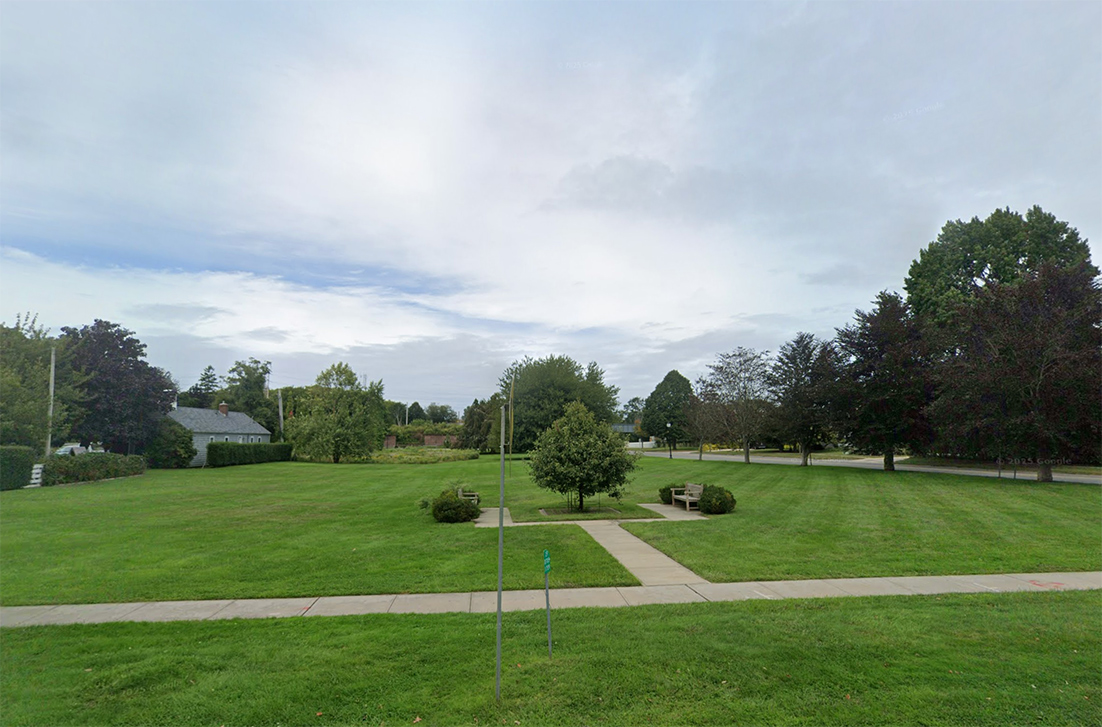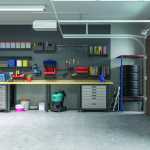In an age of computers and video games, there is something reassuringly real about pinball machines. A metal ball rockets up and down. There is the feel of a flipper hitting the ball. And, of course, there are the art and fireworks of lights flashing on and off like little lightning bolts when you hit the ball just right.
Still, people have different reasons for liking different pinball machines. Some love the theme, look, sound, brand or technology. But Ron Barbagallo, owner of New York Pinball in Smithtown, remembers helping a couple obtain the machine they were playing when they met.
A kind of pinball wizard, Barbagallo specializes not in playing, but in finding, refurbishing and restoring pinball machines, often from the 1980s or 1990s.
“A lot has to do with their childhood. The analogy of cars seems similar,” he says of pinball lovers. “Someone grows into adulthood. They remember the car they had as a teenager. They want to buy that car again. It’s similar with pinball machines.”
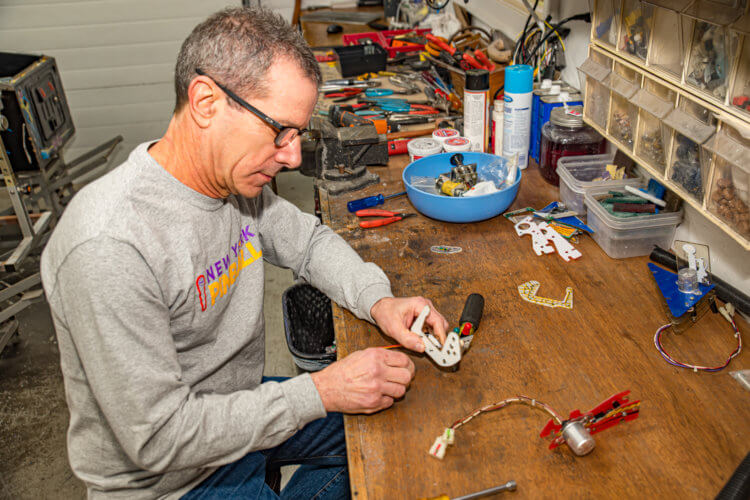
It isn’t unusual, Barbagallo adds, for people to seek pinball machines they remember from their youth.
“I’ve had many people ask for the machine they played when they met their husband or wife in college,” he says. While pinball machines use to adorn public locations, they are more often found in people’s homes these days.
“Most of the pinball market has gone from commercial to residential,” Barbagallo says. “In the old days you’d see them in bars, pizza places, candy stores, luncheonettes. Nowadays you don’t see them in places like that anymore.”
He restores and places pinball machines, often in recreational spaces in residential basements, without the need to pump money in to play.
“If they finished their basement, a lot of people put in home theaters, pool tables. Some put in ping-pong tables,” he says.
“Some go a step further and put in pinball machines. You could even throw jukeboxes into the mix.”
Pinball may feel to some like it’s been here forever, but it essentially came out of post-World War. A key feature now taken for granted was developed, spawning an industry.
“The flipper was invented in 1947,” Barbagallo says. “There were pinball machines before that, but they didn’t have flippers. You would shoot the ball and watch it come down.” Humpty Dumpty, a game made by Gottlieb, introduced flippers and the games caught on. “That’s when pinball really started,” he says.
Barbagallo was in his teens when his father began owning and operating arcade games, gradually leading to a profession focused on pinball. “I started out fixing video games,” he says. “And I kind of ventured into pinball, which is where I stuck my flag in the ground.”
He went from repairing to restoring, using basic and specialized tools, electronic testing equipment, cleaning solutions, chemicals and magnifying glasses. “The hardest part is color matching the paint,” he adds. “That takes a lot of trial and error.”
He says people know him after decades of repairing machines, although these days he restores. “They just find me,” he adds. “When I did repairs, I left a sticker on the machine or a business card.”
He specializes in restoring machines from the 1980s and 1990s, a kind of golden age filled with classic machines.
“Every part is replaced or restored and rebuilt,” he says of high-end restorations. “It’s a combination of restoring it mechanically, electronically and cosmetically with new artwork and lots of new parts.”

He restores or replaces beaten up cabinets. “In the old days, kids would carve initials in them,” he says. He adds new graphics, by painting, detailing or stencils. “You’re trying to create the original artwork like when it was brand new,” he explains. Barbagallo sometimes replaces the playfield, the area where the ball rolls, or otherwise installs new parts, even for discontinued machines.
“You’re still able to get a lot of parts for these machines,” he says, noting Bally-Williams, one major pinball maker, stopped producing pinball machines in 1999. “People have bought the rights to continue to manufacture the parts.”
Some clients pick one machine, while others collect a dozen or more. He talks about one client with about 15 along with a movie theater, bar and bowling alley in his basement.
That client bought a Star Wars machines, because he likes Star Wars, as well as a Simpsons machine because his kids wanted it.
“If you ask me my favorite games, they’re the Bally-Williams games from the 1990s. They call them the WPC (Williams Pinball Controller) games,” he says. “That’s the system they used.”
He adds that supply and demand, rather than rarity, equates with value. Popular Bally-Williams 1990s games include Twilight Zone, Monster Bash, White Water, Attack From Mars, Medieval Madness, Addams Family, Indiana Jones, Cirqus Voltaire, Scared Stiff, Cactus Canyon, Tales of the Arabian Nights.
“There are quite a few artists who have a cult following,” he added, noting games with bands such as Aerosmith and the Beatles also are popular.
He applies clear coating, so touch-ups are preserved and locked in so you can›t wash or wear them off.
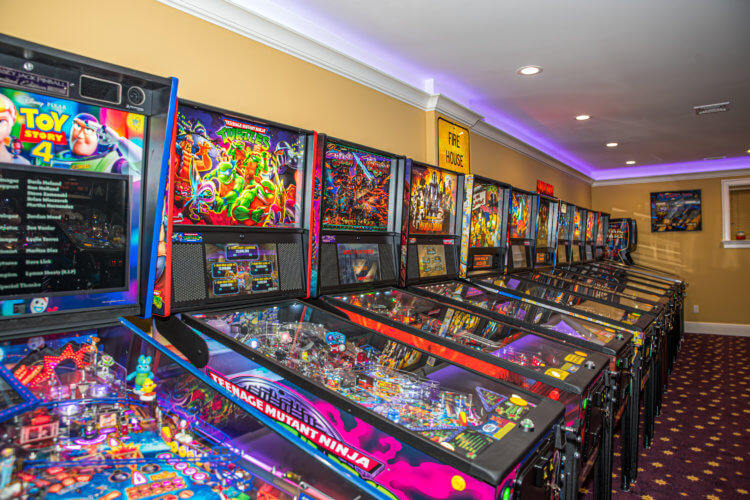
“Some were water damaged that took quite a bit of work to make them look perfect,” he says. “You have to spend a lot of time to get rid of all that rust.” Why restore machines damaged by floods, leaks and broken pipes? In some cases, he can transform a wreck into a marketable commodity. And for a true craftsman, the task is what precedes the triumph.
“Sometimes it becomes a challenge to see if you can restore it,” he said. “If you have the time, ambition and know-how.”
Today’s pinball machines tend to be high-tech. Many offer LED lighting, improved sound and sophisticated software revved-up machines.
Some newer machines take your picture if you get the high score. “That’s a pretty nice innovation,” he adds. Stern Pinball’s newer games let you enter a QR code and connect with other players, so you can compete online.
“There are pinball tournaments where professional pinball players compete,” he notes of events in Las Vegas and other cities around the nation. “They give out prizes and pinball machines to the winners.”
Although many people grew up with pinball, adults these days are the ones who buy and play them.
“Some are pushed by their kids into buying them. Some buy them for themselves,” he says. “A lot of times parents bring their kids and let their kids pick out the machine.”
One thing is, if not certain, common. If more than one child is picking the machine, expect more than one preference. “If you have four kids, you can guarantee all four will like a different machine,” he says.
This article appeared in the January 2023 issue of Behind The Hedges Powered By the Long Island Press. Read the full digital issue here. Take a look back at our 2022 Master Craftsman columns. Want to suggest someone to be featured as a Master Craftsman, email tvecsey@danspapers.com.

